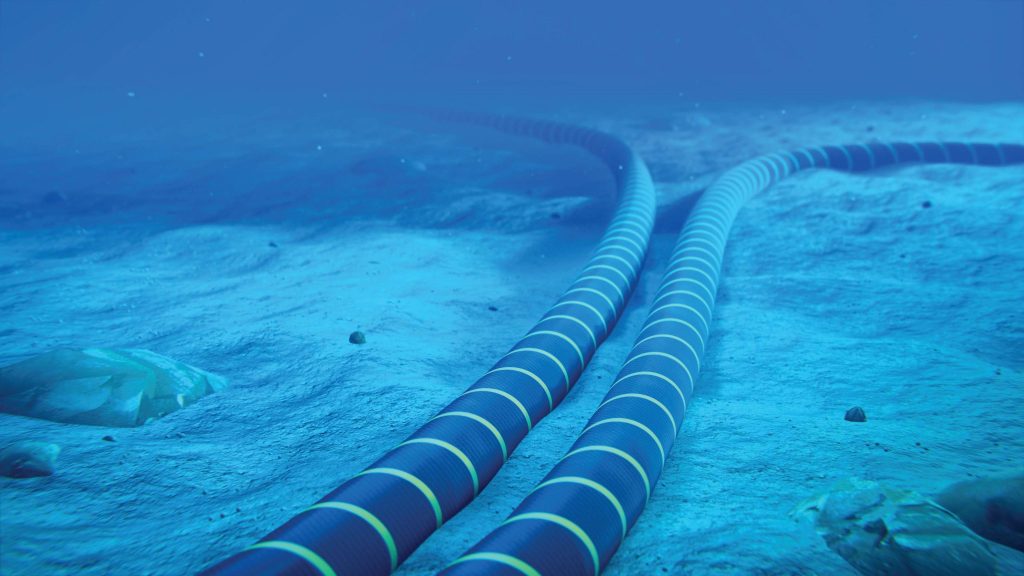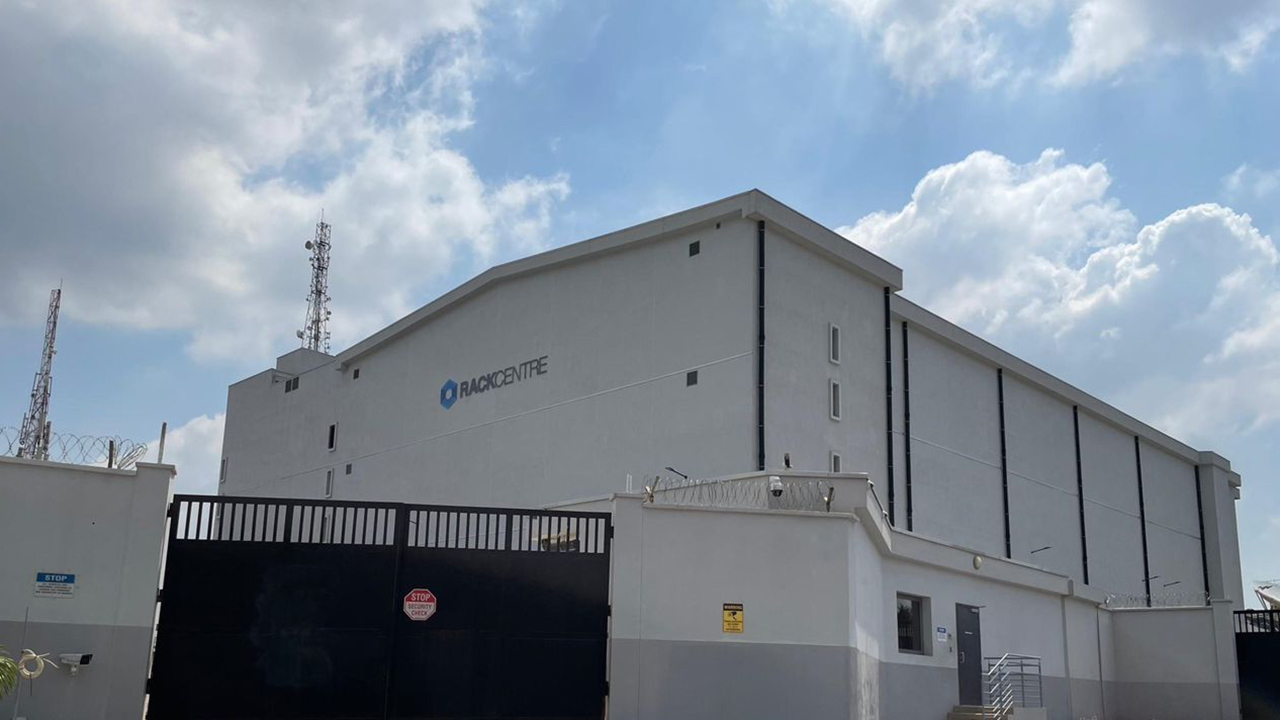A new report has warned that the global Internet infrastructure – submarine communication cables – is dangerously vulnerable to both natural disasters and deliberate sabotage, posing systemic risks to international communication, commerce and security.
In a published paper by Dean of Reichman University’s School of Sustainability, Dr Asaf Tzachor, said the world’s overreliance on a uniform submarine cable network is a textbook case of a progress trap, stressing that while cables have enabled a connected planet, they also represent a fragile chokepoint in global communications.”
Published in Nature Electronics, the study detailed the growing vulnerability of submarine cables, which transmit over 95 per cent of the world’s international data, to both natural and man-made hazards.
According to Techxplore, the report noted that in 2022, the eruption of the Hunga Tonga-Hunga Ha’apai volcano unleashed a tsunami and underwater shockwaves that snapped the fiber-optic lifeline connecting Tonga to Fiji, plunging the island nation into digital isolation for weeks. This was not an isolated event.
In 2011, Japan’s devastating 9.0 magnitude Tōhoku earthquake disrupted trans-Pacific telecommunications, while a 2006 earthquake off Taiwan’s southwest coast triggered submarine landslides in the Luzon Strait that severed critical cables linking Hong Kong, China, the Philippines, and Japan. The fallout was global—Hong Kong’s internet was nearly paralyzed, and financial markets globally felt the ripple effects.
More recently, in just the past 18 months, a spate of incidents has exposed the system’s fragility. Submarine cables in the Red Sea, Baltic Sea, and Pacific have been damaged—some likely the result of deliberate sabotage—disrupting data flows across continents and underscoring the risks of relying on a single, vulnerable communications backbone.
The report said accidental damage from ship anchors and deep-sea trawlers causes frequent disruptions, while the growing trend of targeted cable sabotage by state and non-state actors raises the specter of intentional, high-impact blackouts.
It stressed that if left unaddressed, these compounding vulnerabilities could cascade into large-scale communications failures with serious consequences.
Dr. Tzachor laid out an ambitious yet scientifically grounded roadmap for diversifying global communications infrastructure beyond the ocean floor. He envisions three alternative systems that, while at varying stages of maturity, could together reduce our overreliance on vulnerable submarine cables.
The first is satellite-based laser communication networks. Already in operation through NASA and commercial ventures like Starlink, these low-Earth orbit constellations can deliver fiber-like data speeds without the seismic or geopolitical risks that threaten undersea systems. While atmospheric interference remains a technical hurdle, advances in beam steering, adaptive optics, and high-throughput inter-satellite links suggest enormous potential.
The second solution takes to the skies. High-altitude platform systems, or HAPS, involve solar-powered drones and airships stationed in the stratosphere. Acting as floating, low-latency data relays, they’ve proven useful in emergencies and remote regions. Though still early in development, prototypes have shown that these platforms could one day provide agile and resilient internet infrastructure—particularly for areas underserved by current cable networks.
The third approach dives below the surface. Autonomous underwater optical wireless networks imagine swarms of robotic vehicles equipped with blue-green lasers, forming a dynamic mesh of short-range optical links beneath the sea. These systems could offer critical redundancy near existing cables, and are especially promising for military, deep-sea energy, and environmental monitoring applications.
But technology alone won’t secure the future of global communications. The paper calls for coordinated public–private action on a scale not seen since the rise of the semiconductor industry. Governments must step up with targeted funding, policy reform, and international agreements. That includes incentivizing research into alternative communications, setting clear standards for space-debris mitigation and orbital traffic management, and aligning frequency, airspace, and oceanic regulations across borders.






